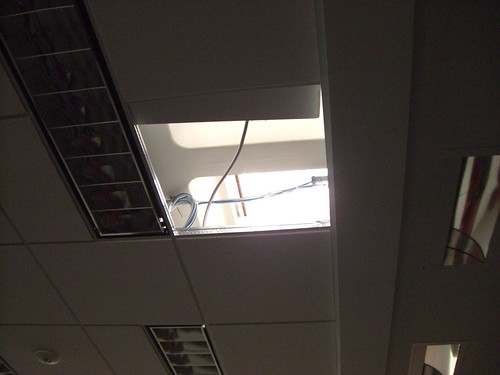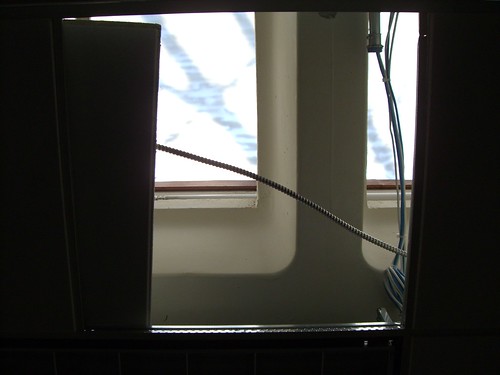Many people unfamiliar with the Brandeis community view us as a strictly Jewish institution, when in fact we are a very diverse community. We have members from a wide spectrum of Jewish backgrounds, from the many faiths of the world, and from no faith. For a great number of our students, faculty, and staff, the issues surrounding the Israeli-Palestinian conflict bring out very passionate, and sometimes personal, opinions and experiences. Michael Oren, as a spokesperson for just one view of the many on this extremely contentious issue, causes the members of our community to divide themselves in relation to their deep-seeded feelings on the views he espouses. Instead of uniting our community around the principles of peace, justice, and coexistence we seek to uphold during our time here and after we graduate, the selection of Oren divides us emotionally and ideologically. The selection of Oren brings the Israeli-Palestinian conflict, the most sensitive topic at Brandeis University, into our most sacred ceremony–commencement. We believe that commencement should be a time of culminating unity, when the members of our graduating class prepare to set off into the world in solidarity. The selection of Michael Oren as commencement speaker instead tears our graduating class and campus community apart.
In peace,
Phil LaCombe (’10)











